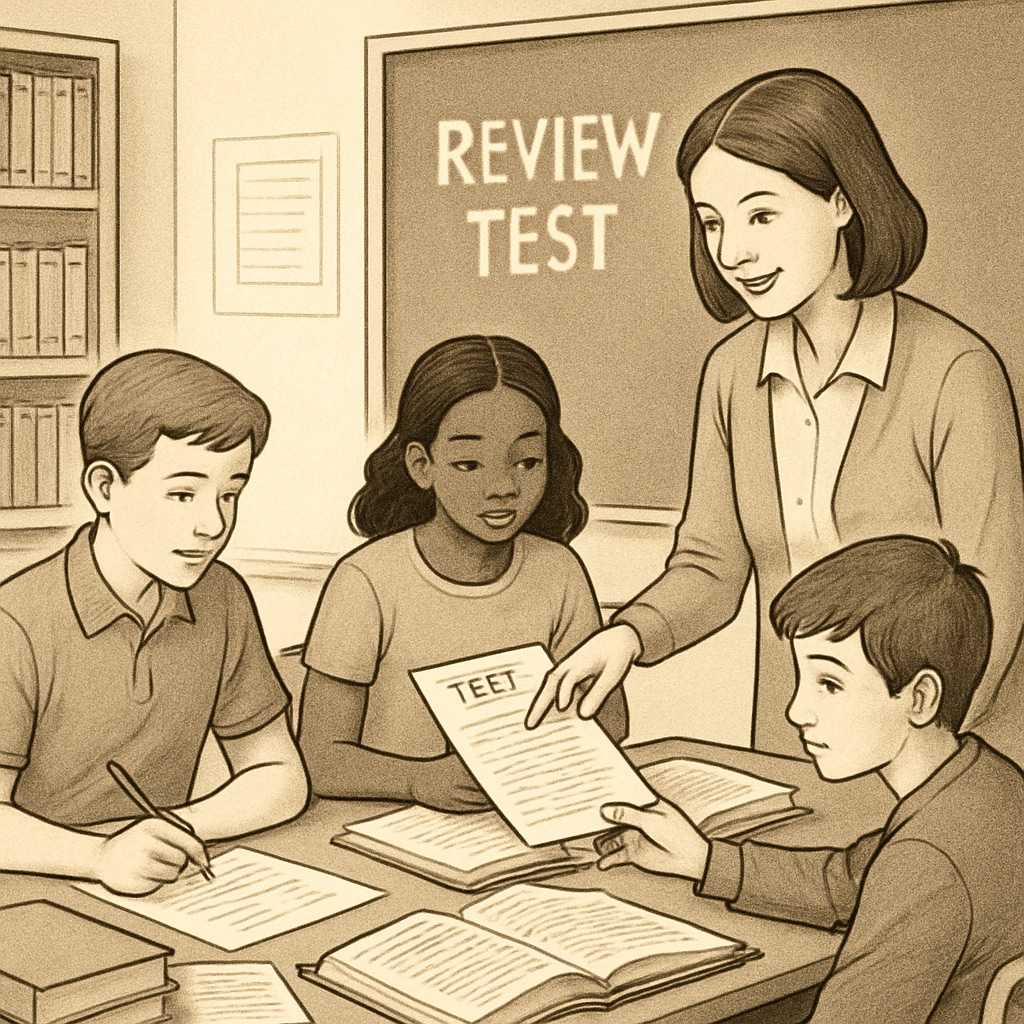When it comes to education, “test resources for students” are often misunderstood as mere evaluation tools. However, quality test resources can serve as powerful teaching tools that enrich the learning process for K12 students. By recognizing their potential, educators and parents can foster deeper understanding, critical thinking, and long-lasting knowledge retention. This article explores how to identify, access, and effectively use high-quality test resources to enhance student learning outcomes.
Why Quality Test Resources Matter in K12 Education
Tests are not just tools for assessing knowledge—they can actively support and improve learning. Quality test resources are thoughtfully designed to align with educational objectives, encourage critical thinking, and provide meaningful feedback. By integrating these resources into the classroom, teachers can identify learning gaps, reinforce key concepts, and promote active engagement among students.
For instance, formative assessments—such as quizzes and practice tests—allow educators to monitor student progress in real-time and adjust their teaching strategies accordingly. Meanwhile, summative assessments, when well-constructed, can guide students in synthesizing and applying their knowledge. As a result, tests become more than a measure of performance; they transform into tools for growth and development.

How to Identify High-Quality Test Resources
Not all test resources are created equal. To ensure their effectiveness, it is crucial to evaluate their quality. Here are some key characteristics to look for:
- Alignment with Curriculum: Resources should match the learning objectives and standards of your educational system.
- Variety of Question Types: Effective resources include a mix of multiple-choice, short answer, and open-ended questions to assess different skills.
- Clear Instructions: Test questions should be clearly worded and free of ambiguity.
- Feedback Mechanism: Resources that provide detailed explanations for answers help students understand their mistakes and learn from them.
Several reputable platforms offer high-quality test resources. For example, Khan Academy provides free, curriculum-aligned practice tests, while Edutopia shares best practices in assessment design. Exploring these platforms can help educators and parents find resources tailored to their needs.
Strategies for Using Test Resources to Enhance Learning
Simply having access to quality test resources is not enough; it is equally important to use them effectively. Here are some strategies to maximize their impact:
- Incorporate Tests into Daily Lessons: Use short quizzes or practice questions as warm-up activities or review exercises to reinforce learning.
- Encourage Self-Assessment: Provide students with practice tests they can take independently to gauge their understanding and build confidence.
- Analyze Test Results: Review test outcomes to identify common mistakes and address them in subsequent lessons.
- Promote Collaborative Learning: Organize group discussions around challenging questions to foster peer-to-peer learning.
By adopting these strategies, educators and parents can create a supportive learning environment where students view tests as opportunities for growth rather than sources of stress.

The Future of Test Resources in K12 Education
As education evolves, so do test resources. Modern tools such as adaptive learning platforms and gamified assessments are making tests more engaging and personalized. For example, platforms like Quizlet and Edmodo offer interactive test formats that cater to diverse learning styles, making the assessment process more dynamic.
In addition, the integration of technology allows for real-time data analysis, enabling educators to track student progress more effectively. These advancements underscore the importance of embracing innovative test resources to meet the needs of 21st-century learners.
In conclusion, quality test resources for students are indispensable tools in K12 education. When used thoughtfully, they can bridge learning gaps, inspire curiosity, and empower students to reach their full potential. By shifting our perspective on tests and leveraging the best resources available, we can transform the educational experience for both students and educators.
Readability guidance: Use concise paragraphs and bulleted lists to summarize key points. Ensure a balance of active voice and transitional phrases to maintain clarity and flow.


